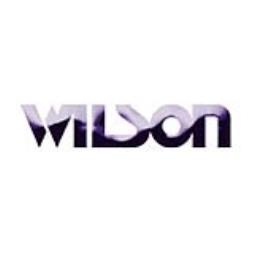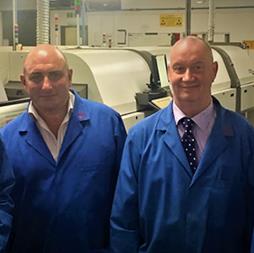Achieving affordable environmental protection
13-04-2015
As electronic systems become increasingly pervasive, equipment must be designed to perform reliably for an extended lifetime while situated in the open air, potentially exposed to all weather conditions. And although as you read this, the recent severe winter will immediately focus attention on snow and rain, humid atmospheres in sunnier parts of the world can also cause huge problems for electronic boards. Also, it is not just moisture and precipitation that must be considered: in hospitals, industrial processing plants, mass transport systems and public spaces electronic equipment will be subject to attack by various chemicals, bodily fluids, oil and diesel etc.
Protecting assembled PCBs for a company with worldwide sales where the weather, operating conditions and temperatures will vary wildly is no easy task. A further consideration is cost – many systems are very price-sensitive, so protection systems must be designed to add minimum extra cost.
For these reasons, conformal coating is increasingly being specified by board designers. Yet there are a variety of coatings to choose from, and a number of different processes that are used to apply the coating layers – all of which impact cost.
For a Contract Electronics Manufacturer, conformal coating can cause significant delays, primarily due to the laborious process of masking which is required to protect certain components. Connectors can be a real headache, since connectivity will be impaired if connector contacts are mistakenly coated. The light output of LEDs will be reduced if they are splashed with coating compound and potentiometers will not be able to be adjusted. Therefore, before a board can be dipped in a coating solution or spray coated these and other sensitive
components and board areas must be masked off, a manual, time-consuming process that inevitably adds cost.
A better approach is to use so-called ‘curtain’ coating. Manufacturers such as Asymtek have developed coating machines with nozzles than do not atomise the coating. Instead, the machine can be programmed and laser monitored to accurately deliver a ‘fan’ of coating material covering a diameter of between 3-10mm, exactly where – and only where – protection is required. When used in conjunction with products such as HumiSeal’s 1R32A-2 – an acrylic coating often used in the automotive industry which Wilson Process Systems (WPS), a CEM with many years’ experience in conformal coating, often uses – this curtain coating technique eliminates the need for masking almost entirely. More, the depth of coating can be controlled very easily – to Mil Specs (MIL-I-46058C) if required – and the whole process is repeatable, offering improved quality levels. Inspection is simple, since coatings such as the one mentioned are visible under UV. Lastly, waste is kept to a minimum, since coating material is not squandered on areas that do not require it.
For WPS, the return on investment in the Asymtek coating machine with curtain nozzle dispenser and in-line IR curing oven was so immediate that the company purchased a second line. One particular board the company produces is used in outdoor illuminated signage and is populated with over 500 LEDS. Previously, when the company used to spray-coat, masking of a single board by an experienced operator might take up to one hour. Now that stage is completely eliminated, increasing throughput and reducing cost.
There are a wide variety of different coatings available, with the selection criteria including: operating temperature; whether protection is required against moisture or chemical attack; the curing time; ease of rework; and
international or military specification. Not all are suitable for use with the curtain coating technique, but many are. A good CEM will be able to advise on suitability.
Finally a word on board design: customers can save a lot of time and expense if they avoid positioning open vias underneath components which must not be coated, such as connectors. Coatings will wick up vias – or even through the spaces left by rolled or plastic connector pins – so unless the design can be modified, problems will occur, requiring additional masking, which we have seen, is best avoided for time and cost reasons. Again, an experienced CEM will have seen these problems before and will be able to suggest a solution.Visit the Wilson Process Systems Ltd website for more information on Achieving affordable environmental protection






